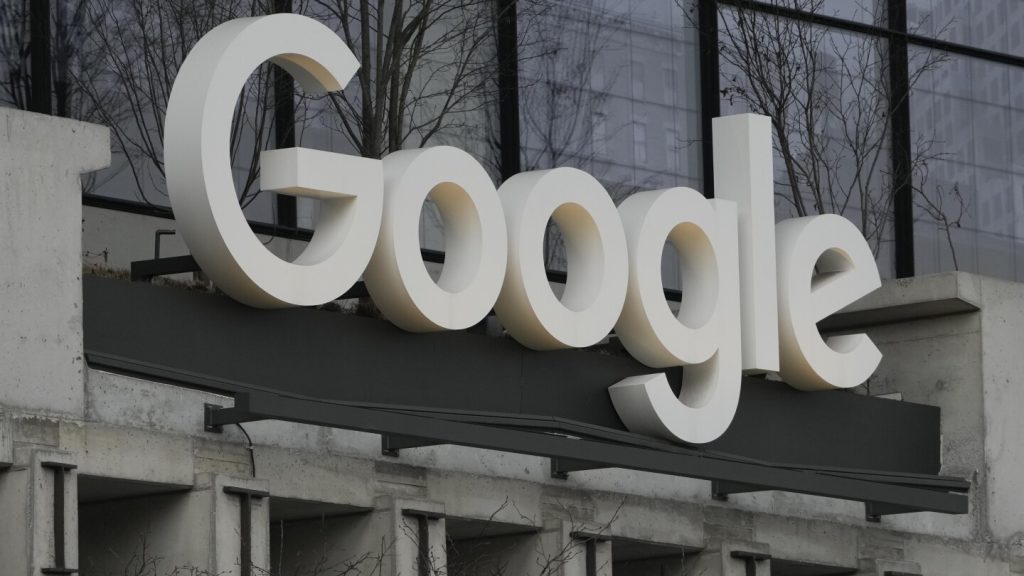A new solar project in Texas, known as the “Orion Solar Belt,” has recently opened, backed by Google’s largest solar electricity purchase ever. Google executive Ben Sloss mentioned the corporation’s commitment to bringing renewable and carbon-free electricity online, with plans to spend $16 billion globally on clean energy by 2040. U.S. Energy Secretary Jennifer Granholm praised the project as a symbol of the administration’s efforts to incentivize energy projects in the U.S., emphasizing the historic significance of renewable energy adoption.
The Orion Solar Belt consists of three solar farms located in Buckholts, Texas, with the capacity to produce 875 megawatts of clean energy. Google has also contracted with clean energy developers to bring over 2,800 megawatts of new wind and solar projects to the state, exceeding the power requirements for its operations there. Tech giants like Google, Amazon, and Microsoft are investing in nuclear energy to power data centers, as the demand for carbon-free electricity grows with the expansion of data centers and artificial intelligence technologies.
The International Energy Agency predicts a significant increase in electricity consumption by data centers, with estimates suggesting that one terawatt-hour can power 70,000 homes for a year. The demand for power is rising globally due to the electrification of buildings and vehicles, putting pressure on electric grids worldwide. Google’s investment in Texas includes plans to use 85% of the solar power generated for data centers in Ellis County and for cloud computing in the Dallas region, with the remainder going to the state’s electrical grid.
SB Energy, the company behind the solar project, emphasizes that most components are made in the U.S., thanks to the climate law that encourages clean energy manufacturing. This project is expected to qualify for an additional tax credit for using domestic content, supporting the growth of the renewable energy sector in the country. The completion of the Orion Solar Belt marks a significant milestone in the transition towards clean and sustainable energy sources, showcasing the efforts of both the private and public sectors in combating climate change.
With the increasing demand for carbon-free electricity driven by data centers and other industrial activities, investments in renewable energy projects like the Orion Solar Belt are essential to meet sustainability goals. As companies like Google continue to prioritize clean energy purchases and infrastructure development, the transition towards a low-carbon future becomes more achievable. The collaboration between corporations, policymakers, and clean energy developers in projects like these highlights the importance of collective action in addressing climate change and securing a sustainable energy future for all.


